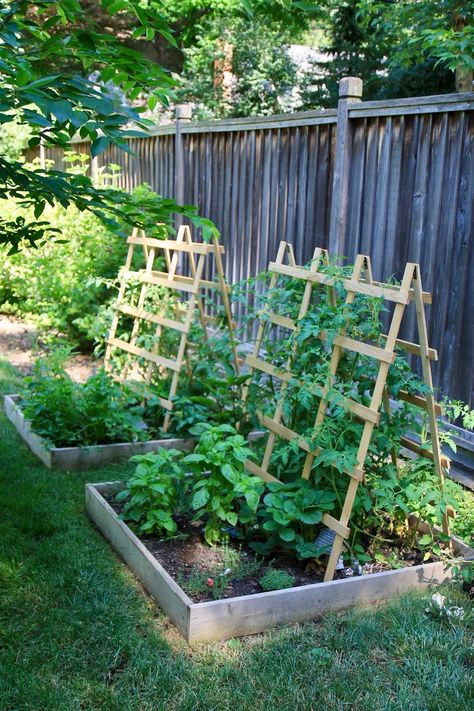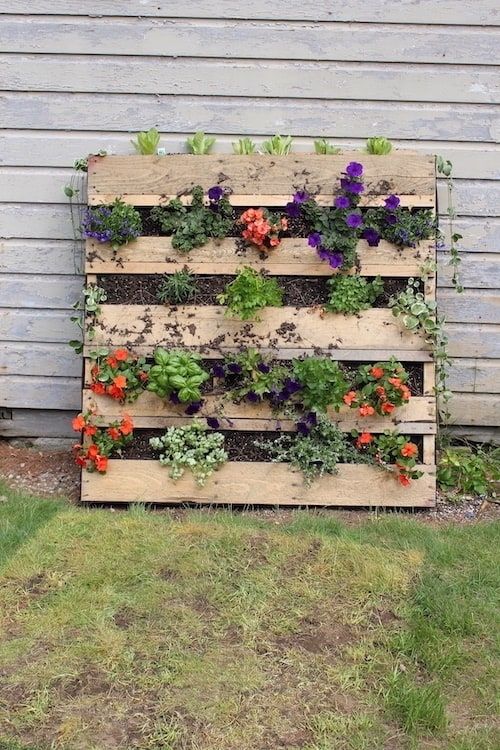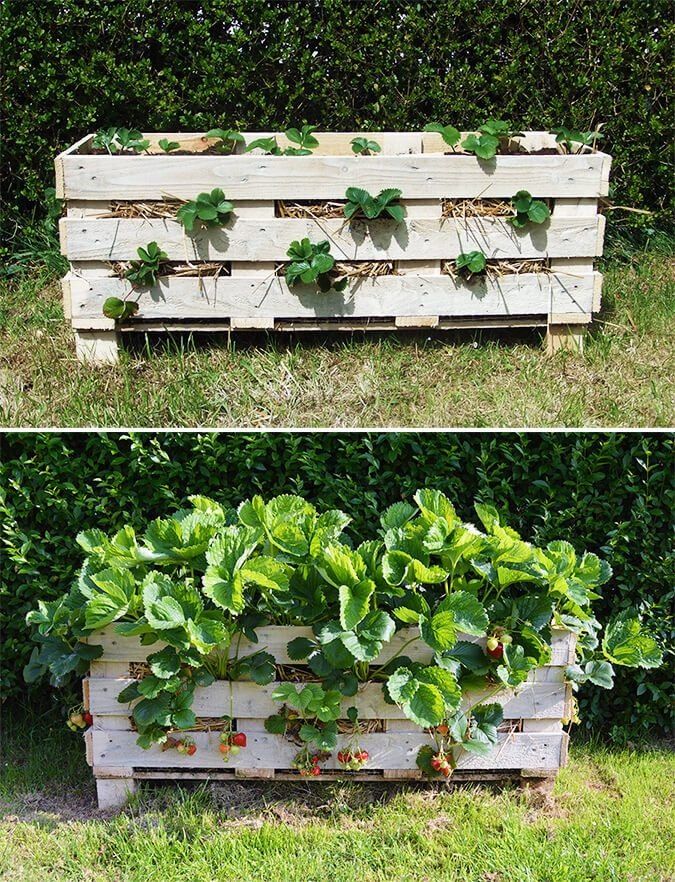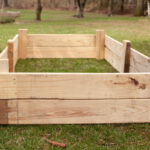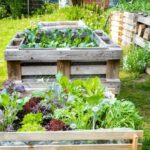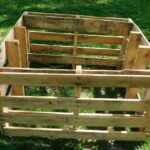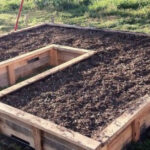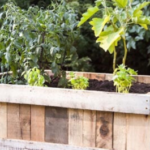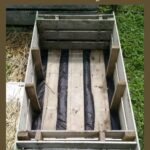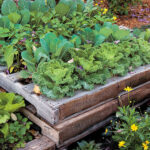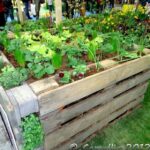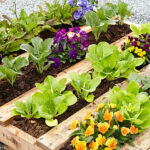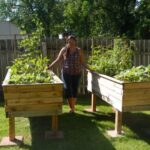A pallet raised garden bed is a creative and cost-effective solution for urban gardening. By repurposing an old wooden pallet, gardeners can create a raised bed that is both functional and aesthetically pleasing. The structure of a pallet raised garden bed provides good drainage and keeps plants off the ground, helping to prevent pests and disease.
To create a pallet raised garden bed, start by selecting a sturdy wooden pallet that is free from chemicals and treated with a non-toxic sealant. Stand the pallet on its side and remove any boards that are damaged, making sure the structure is stable and secure. Place the pallet in the desired location, ensuring that there is adequate sunlight and easy access for watering and maintenance.
Next, line the inside of the pallet with landscaping fabric or plastic sheeting to prevent soil from spilling out through the cracks. Fill the pallet with a mixture of high-quality potting soil and compost, leaving some space at the top for planting seeds or seedlings. Depending on the height of the pallet, you may need to add additional soil to create a deeper planting area.
Once the pallet raised garden bed is filled with soil, it is ready for planting. Choose a variety of vegetables, herbs, or flowers that thrive in your climate and sunlight conditions. Be sure to water the plants regularly and provide any necessary nutrients to promote healthy growth. Consider adding trellises or stakes for climbing plants such as tomatoes or cucumbers to maximize space and productivity.
One of the advantages of a pallet raised garden bed is its portability. If you need to move the garden bed to a different location, simply lift the pallet and carry it to its new spot. This flexibility allows gardeners to experiment with different planting arrangements and find the optimal growing conditions for their plants. With a little creativity and resourcefulness, a pallet raised garden bed can be a sustainable and rewarding way to grow fresh produce and beautify outdoor spaces.
